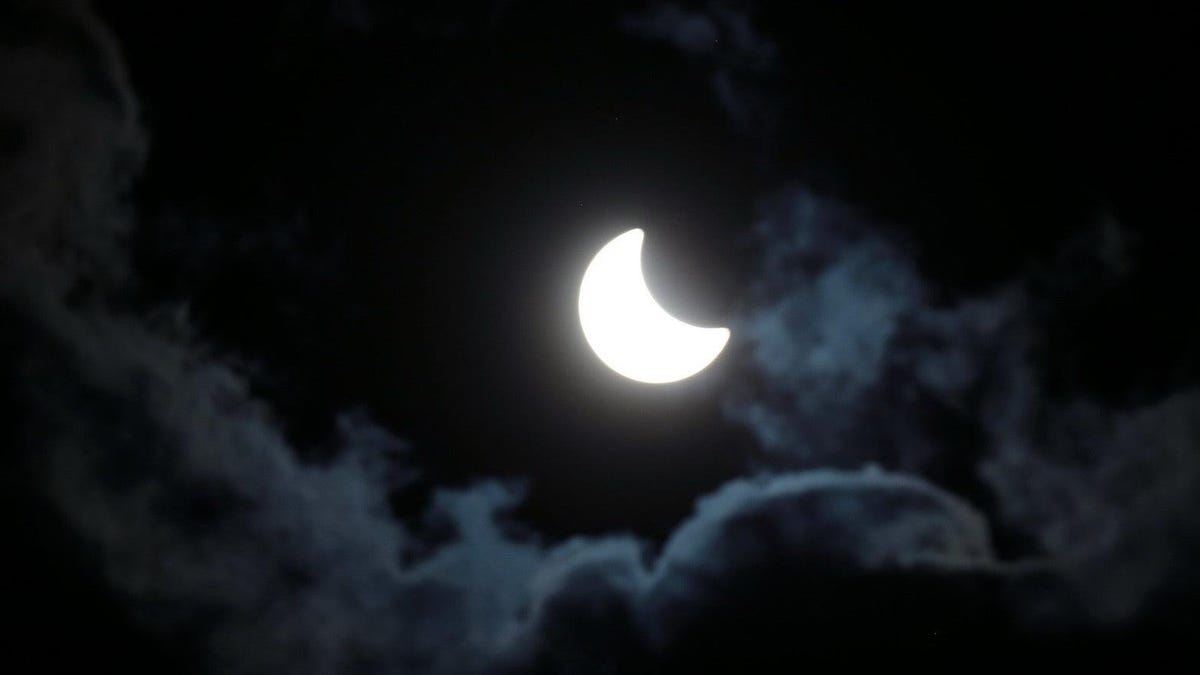The Spectacle of the Total Solar Eclipse Approaching North America
The upcoming Great North American Total Solar Eclipse scheduled for April 8 has ignited excitement among regions spanning from Mexico and Texas all the way to Maine in the U.S. and the Ontario, Quebec, and the Maritime provinces in Canada. While the path of totality is well-defined, the primary concern now revolves around the unpredictability of weather conditions on the grand day.
AccuWeather’s Preliminary Forecast for the Eclipse
As the celestial event draws near, meteorological experts at AccuWeather have unveiled their initial forecast 31 days prior to the eagerly awaited eclipse. The expansive coverage of the eclipse across a substantial portion of the continent has positioned millions in an enviable spot for optimum viewing. However, the vagaries of weather patterns loom large, impacting the viewing possibilities for enthusiasts.
Senior meteorologist Paul Pastelok from AccuWeather has identified southern Texas, sections of the Ohio Valley, and the Great Lakes as regions currently favored for clear skies during the eclipse. Conversely, the Mississippi and Tennessee Valleys face a higher likelihood of cloud cover, with the northeast confronting the greatest threat of obscured visibility. Notwithstanding these challenges, Pastelok remains cautiously optimistic about the potential for clear conditions even in these risky zones.
The crux of the forecast conundrum lies in accurately predicting cloud cover during the brief period of totality, which spans a mere four minutes. A cold front predicted to sweep through the central and eastern U.S. around eclipse time could significantly influence cloud patterns, as noted by Pastelok. Furthermore, a slow-moving storm system hovering over the Southeast in April might prolong cloudy conditions, impeding eclipse observation.
Influential Factors and Potential Variables Affecting the Eclipse Forecast
The forecast relies heavily on the gradual attenuation of El Niño, a climatic phenomenon renowned for reshaping North American weather dynamics via warmer sea temperatures in the eastern Pacific Ocean. Despite El Niño’s waning influence, residual effects could trigger active weather patterns during the eclipse, as pointed out by AccuWeather experts.
Adding to the forecast complexity is the prospect of severe weather emerging in early April, introducing the element of unpredictable thunderstorms in the Plains, Mississippi Valley, and Tennessee Valley regions. While temperatures are expected to remain relatively mild, minimizing the risk of late-season cold snaps, some pockets of chilly weather may linger in the south-central Plains, Midwest, mid-Atlantic, and Northeast regions, according to AccuWeather assessments. This moderate climate bodes well for outdoor viewing comfort, although northern region spectators may need to brace themselves for cooler conditions.
As the countdown to the eclipse continues, each passing day and week promises a clearer understanding of the prevailing conditions on the pivotal day. Optimism persists for favorable viewing conditions in your respective areas, with hopes pinned on clear skies prevailing.
Image/Photo credit: source url





